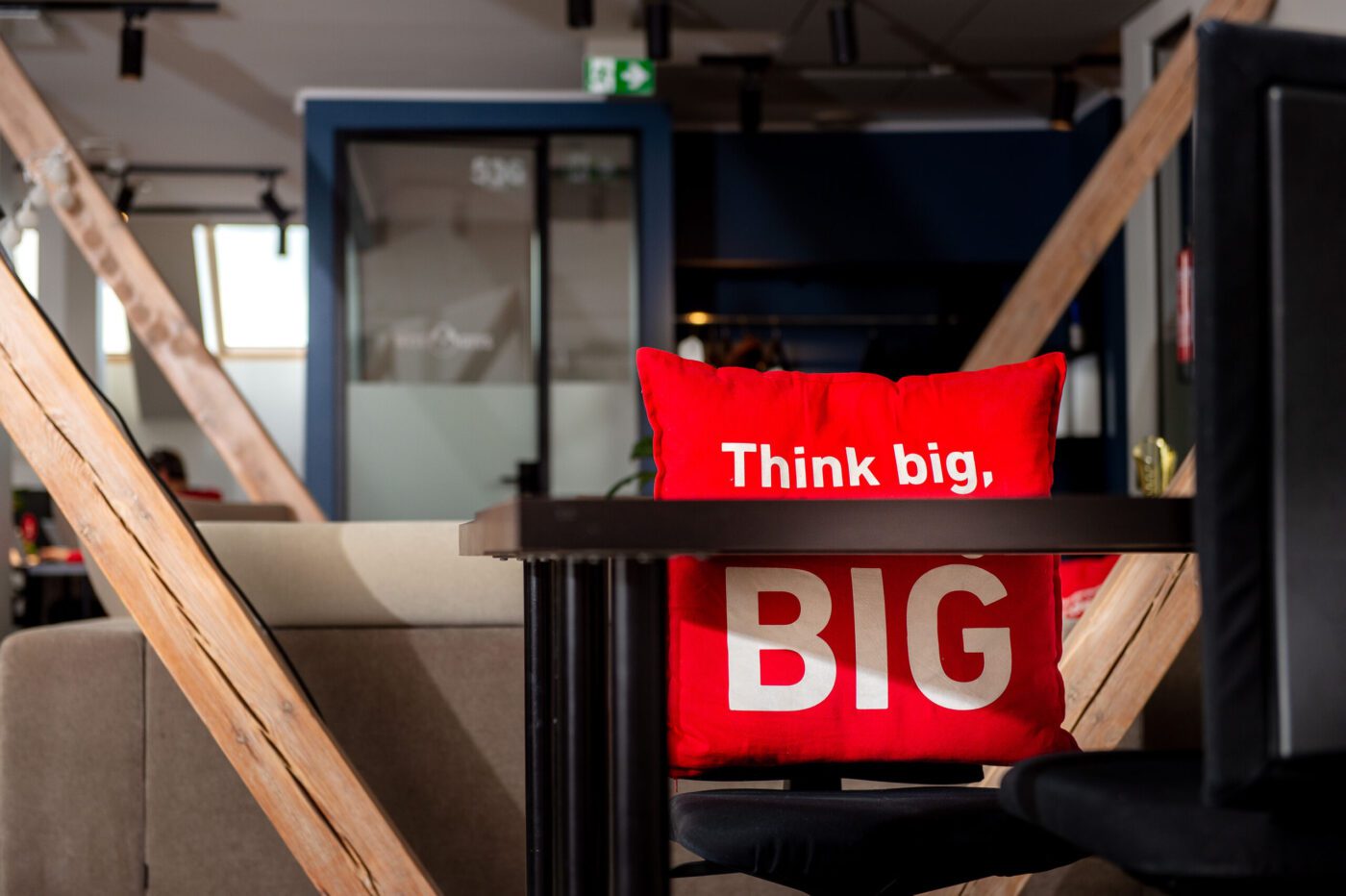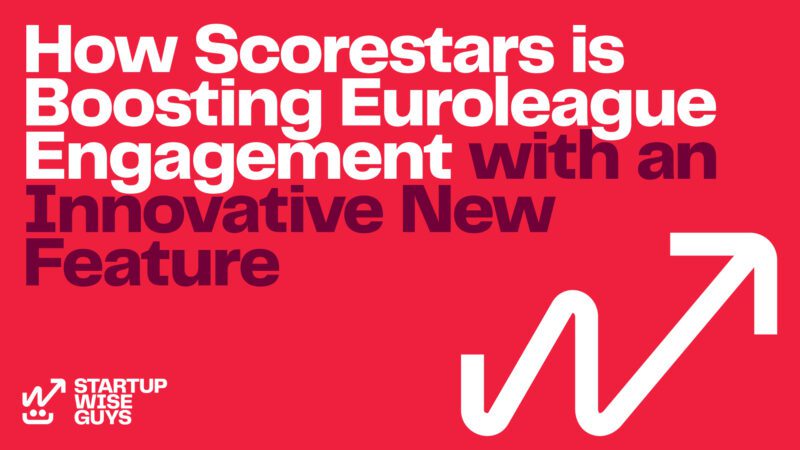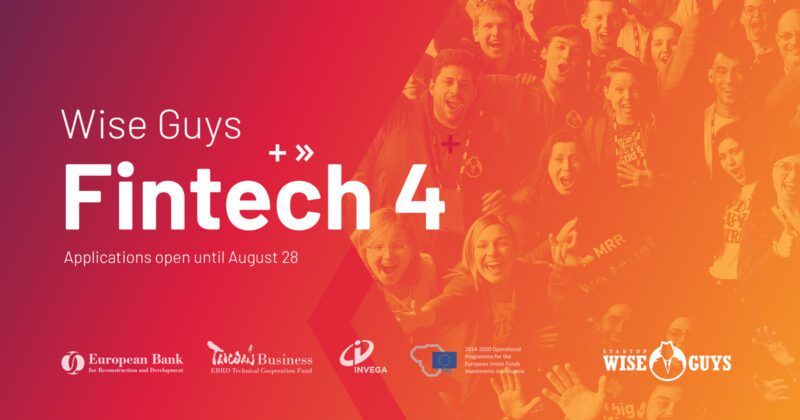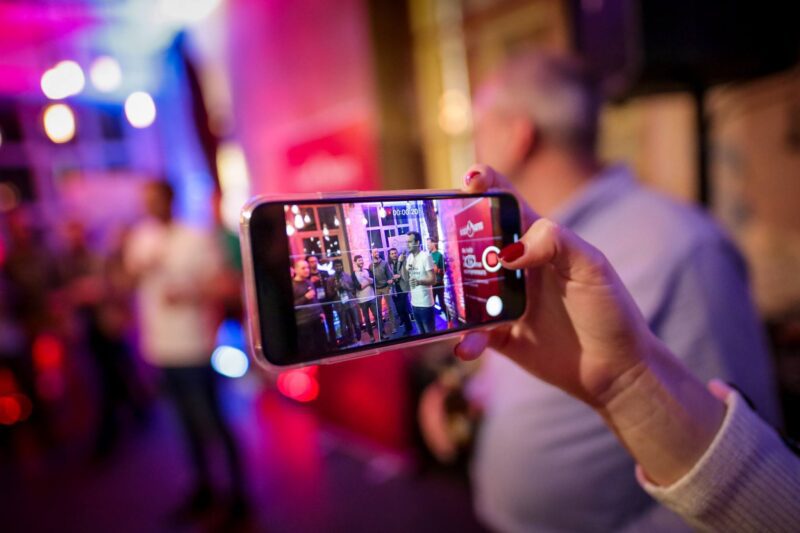Due to the events of 2020, many companies have opted to utilize their marketing spending online instead. This rise in the digital sphere has increased the competition, making it more challenging for companies to stand out and attract customers.
An unconventional way to boost attention and engagement is gamification. Gamification enables companies to engage customers in a playful manner that makes them more accessible to conversion.
🎮 What makes gamification marketing different?
The main difference between gamification and other types of advertising is higher engagement lengths.
Let me give you a comparison. Average engagement lengths:
Print ad: 1.7 seconds 🕗
Outdoor ad: 1.5 seconds 🕗
Online banner: 1 second 🕗
Gamified ad: 9+ minutes 🕗
The second difference is that with gamification, the audience will be 100% focused on your ad. You can’t multitask while playing a game. When looking at your engagement lengths, you can be certain that the customer was actively involved and not doing anything else.
Gamification is also a good attention-grabber and lead magnet. Games are a fresh, new, eye-catching, and contagious approach to marketing.
A customer will be engaged with the brand for minutes, 100% focused on your ad as they receive instant feedback and happiness. While we’ve seen that this experience won’t be saved in their short-term memory, customers will remember gamified experiences for months afterwards. Gamification campaigns stick.
Using games in the marketing funnel
Games can be applied in different stages of the buyer’s journey.
#1: You can use them to increase your reach because games are eye-catching and enticing.
#2: You can use them to increase traffic to your website because customers are eager to play games.
#3: You can use them to increase your conversion rate because you will be able to make personalized offers based on their game results.
Companies from several different industries have implemented gamification to reach and convert new clients. Case studies show that games have a 16-22% bounce rate, 96% of potential customers finish the game, and 10-30% of them click the links that follow the game and are ready to become a customer.
Our Alumni Adact is shaping the industry
“Gamification” has been a hot word in marketing for a few years, but it used to be a luxury method that only global companies could afford. The games had to be programmed manually, so they cost $15,000+ and required 2-5 months of work. Additionally, there are a lot of game design decisions that have to be made regarding the game’s length, rules, mechanics, etc.
🚀 That is why Startup Wise Guys alumni created the software Adact.
With Adact, you can easily set up gamification marketing campaigns quickly and by yourself. Choose from 15+ different proven game templates to match your needs, then use our proven game rules and dynamics, track all the steps, and open a new dimension in your marketing!
Adact has been used by hundreds of brands, including Peugeot, MINI, National Geographic, Pioneer, and others. There are users from both companies and agencies. Even in the public sector, gaming is gaining momentum, as important messages need to be delivered in the growing noise of the online landscape. Examples of Adact users in the public sector include the European Parliament and the Nordic Council of Ministers.
To conclude
Although “gamification” is a trending topic, there are still only a handful of companies using it. So if you look around and don’t find any examples in your sector, then that’s good news! 🎉
It gives you an opportunity to be the first to do it. You have a chance to show others the way. As gamification is rapidly growing, within the next 2 years, competitors will be copying you—not the other way around. 🔥
About the author:
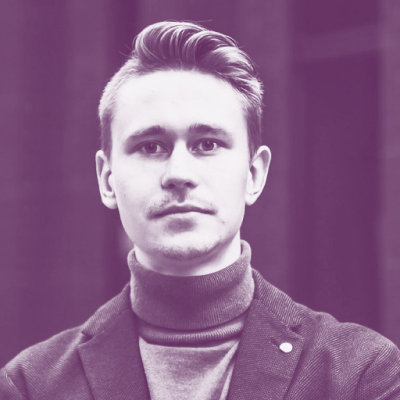
Andreas Unt is a CMO & co-founder Adact. He is passionate about B2B marketing & sales. Andreas has worked in different companies as a sales rep. His previous job experience was in an employer branding agency where he was responsible for developing video marketing service 🎬 and managing the whole lifecycle – getting clients, being a creative lead, copywriter, strategist, and project manager.
